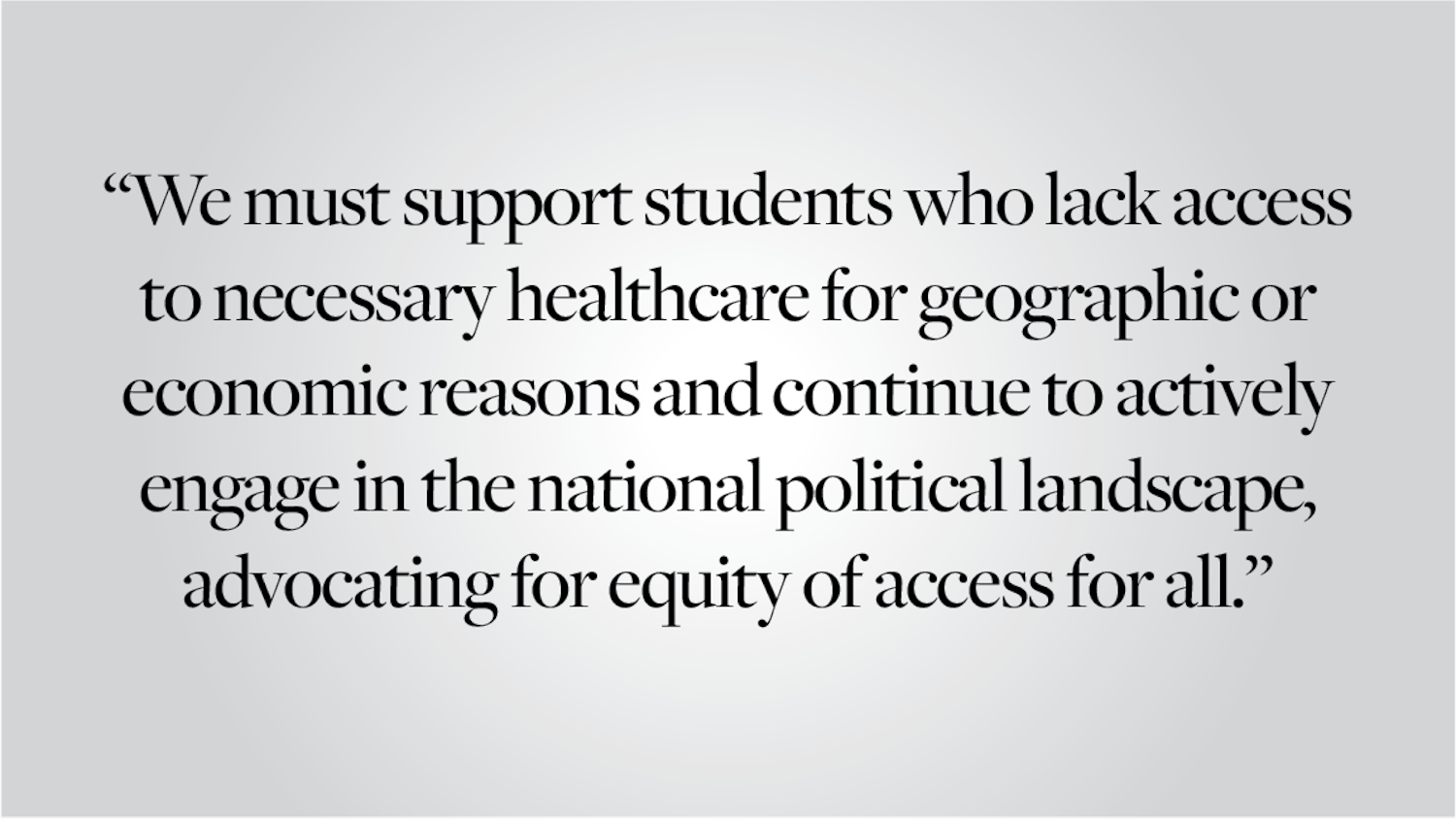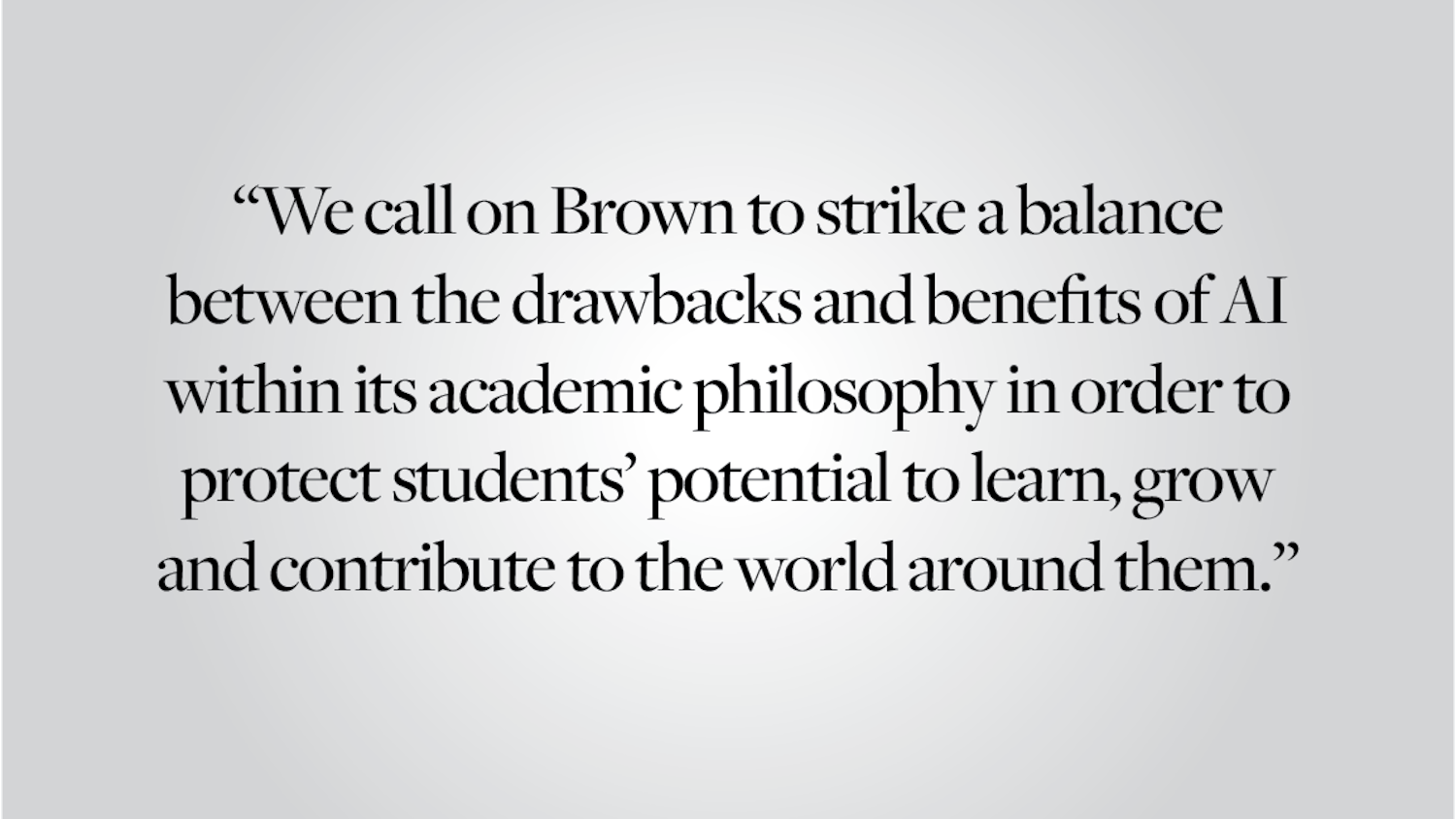Brown students are known for their enthusiasm about social justice. Just last month, we made national headlines once again for being the type of students who care more about the community to which we belong than about our own academic achievements. Many news outlets and outside observers seemed to think this is a sign we are “coddled” and unprepared for the “real world.” While we disagree, it may be time to reevaluate the range of approaches students take to activism.
President Christina Paxson P’19 issued the annual State of Brown address last Tuesday to a curiously empty auditorium. With all the students who have been vocal about problems with the administration lately, why weren’t more people there? The address represented a prime opportunity to make our voices heard. Why were so few of us taking advantage of it? Where were all the crowds that have been protesting and leading boycotts and signing petitions all year? This was an open forum for everybody to voice concerns and have the University listen. So why, when it came time to speak out in an organized manner, were so few people present?
True progress is never made if each party is only willing to reach it on its own terms, at its own convenience. There has to be a willingness from each side to come together. When the University opens the floor to student voices, it is doing its part. Students — despite the totally justified frustration they may feel toward the University — have to try to be open to cooperation. If you’re trying to bring change to the institution, and you see the institution formally open up to change — or at the very least open up to hearing you out on the change you want to see — that’s an opportunity you have to take.
Activism is a long, ongoing process. We cannot choose to be activists incidentally, whenever a particular situation sparks our ire. Events like the State of Brown address take place specifically for the purpose of talking about structural issues within our institution. Some of the issues brought up last week included the Diversity and Inclusion Action Plan, the hidden cost of commencement and dorm renovations. These are matters that concern all of us, ones which we are usually not hesitant to criticize vocally. But how can we expect improvement when so few of us show up to demand it? Soapboxes and Facebook posts are great at calling attention to an issue, but getting things done requires an active dialogue. Next time, when the administration is ready to listen, we should be out there in full force. That’s the easiest way to be heard.
Editorials are written by The Herald’s editorial page board: its editors, Emma Axelrod ’18 and Emma Jerzyk ’17, and its members, Eben Blake ’17 and Leeron Lempel ’19. Send comments to editorials@browndailyherald.com.




